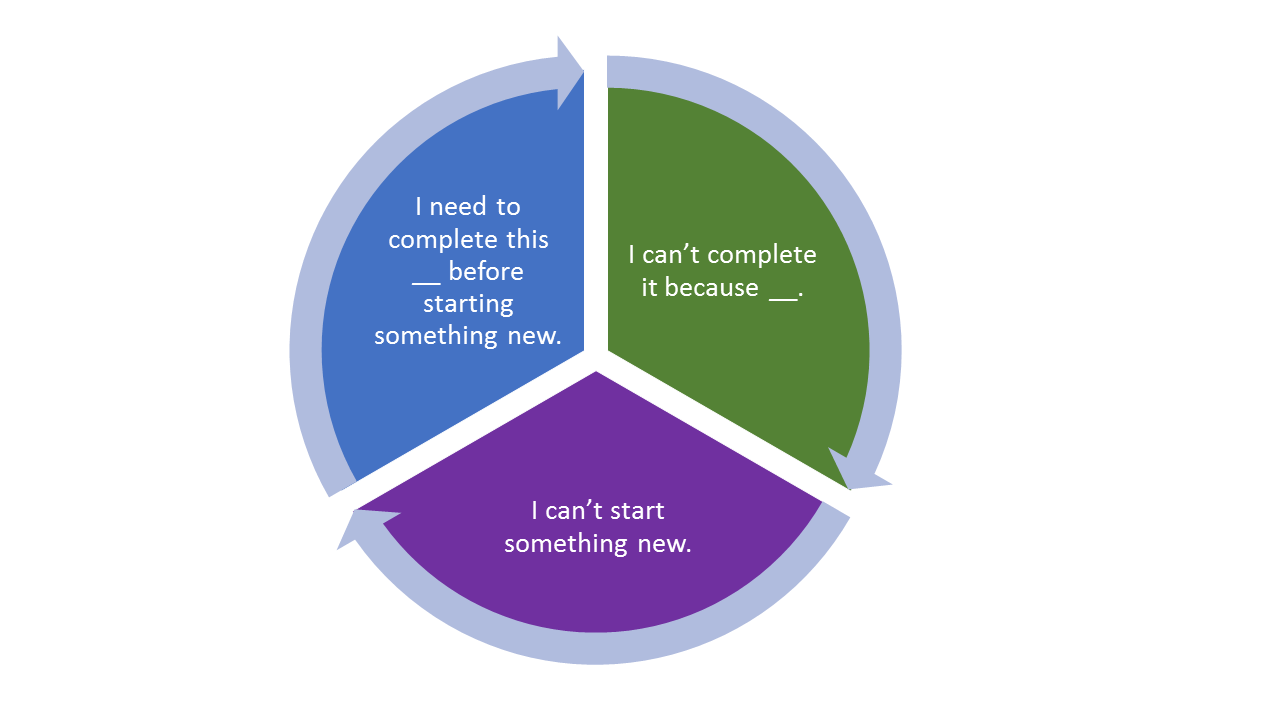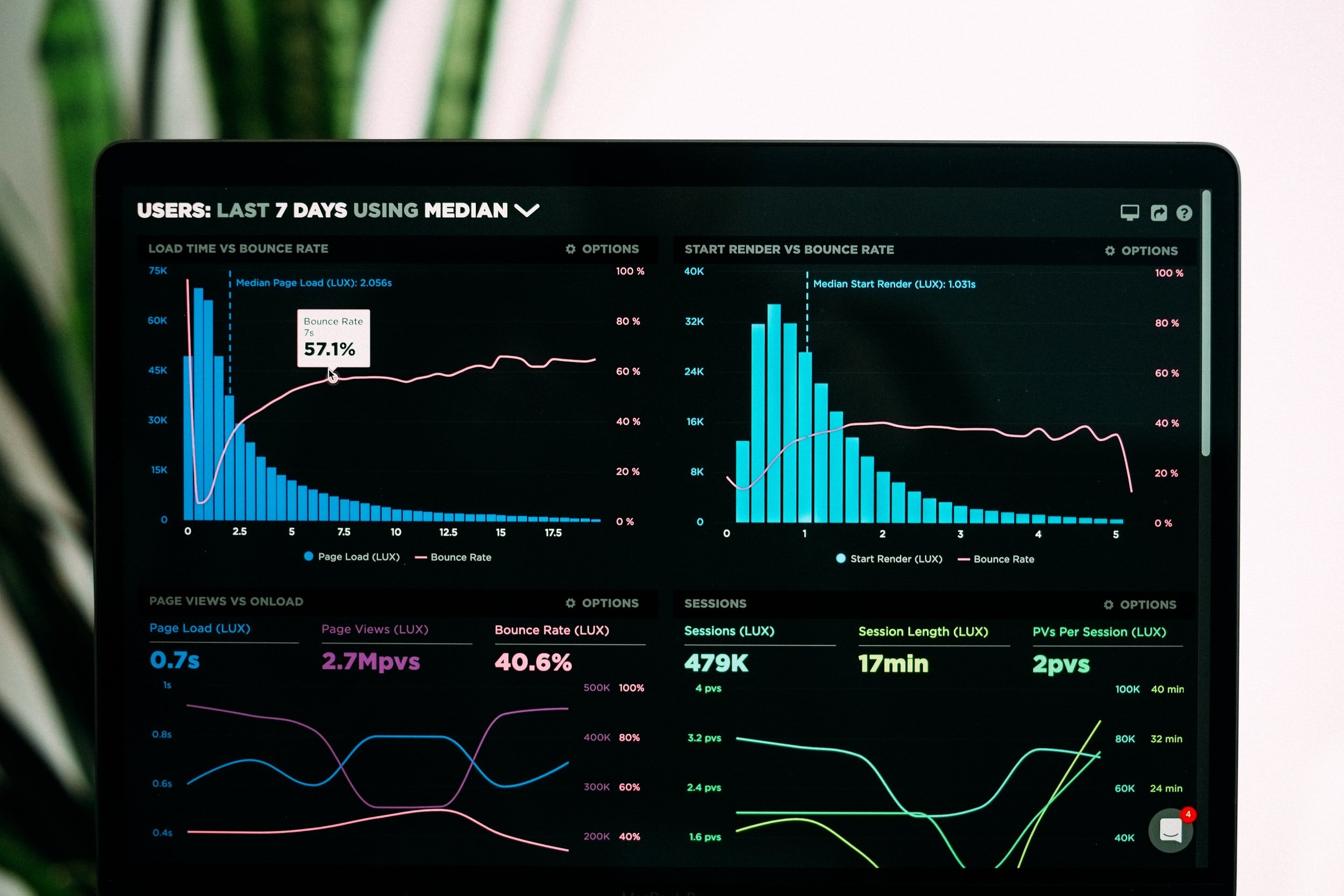Conduct a reference search and format your reference section
Conduct a reference search and format your reference section was offered as part of the How to Do Research and Get Published webinar series.
Delve into the essential skills of conducting a thorough reference search and formatting your reference section. Whether you're a student working on an academic paper or a researcher submitting a manuscript, a well-organized and accurate reference section is crucial. We will guide you through the process of conducting effective reference searches, ensuring you locate the most relevant and reliable sources for your work. Learn valuable tips on refining search queries, utilizing databases, and critically evaluating sources to enhance the credibility of your references. We will also demystify the intricacies of various citation styles. Discover tools and resources that simplify the citation process and ensure consistency in your references. Gain an understanding of reference search strategies and be equipped with the skills to create a polished and accurately formatted reference section.
Conduct a reference search and format your reference section
Style Guides
Academic style guides include rules and guidelines for the format of the paper, the in-text citations, and reference lists. As the Purdue Online Writing Lab, or OWL, explains:
style guides are used as a way of making common elements consistent across documents written by many writers, in many places, and in many circumstances; as a result, readers from any university (or other audience groups) can read a paper written in APA style and know immediately how to navigate the headings of the paper, which details will be listed in the abstract, how quotes will be introduced and marked, where to look for important citation information, and what each citation element represents.
As writers we rarely get to choose the style we prefer. Typically the academic program or department spells out which style students and faculty will use. Publishers of books and articles spell out which style should be used for manuscripts. At Sage, for example, while each journal specifies the style to be used, book manuscripts are usually submitted using APA style.
Online resources, such as those listed below, include information about each style. If you work consistently with one style it might be worthwhile to invest in the guide as a print or e-book, or as a subscription service. Three commonly used styles in the social sciences are discussed in this post: APA from the American Psychological Association, MLA from the Modern Language Association, and Chicago, from the University of Chicago. There are numerous other options used by researchers and writers in various disciplines.
Bibliographic software tools
Bibliographic software tools are invaluable for academic writers. The general principle behind most of these tools is that writers create libraries, your own customized database of sources. You can download citations directly from your journal site, academic library, or from Google Scholar. You enter the reference information manually for books and other resources. The advantage of a library versus a tool that formats citations within a document is obvious: with a library you enter the title’s information once, and it is then available to use in future manuscripts.
The bibliographic tool is linked to Word or Google docs so you can toggle between them. You pull the title from your library directly into your document, and the software automatically creates a reference list at the bottom of the page. When you cut and paste between documents, the citations go with the selected text and are added to the reference list in the new document. Needless to say, this saves an enormous amount of time! However, no tool is failsafe. As an academic writer the impetus is on you to know whether the citation and reference format is correct and edit as needed, so books or online resources should be consulted.
You can find both include both free and paid options that work on your computer desktop and/or the cloud. Not surprisingly, paid products include additional support and features for finding and organizing libraries, and formatting papers. Paid versions also allow you to build shared libraries with collaborative partners or teams. Some tools allow you to change the output, so you can switch to a different style if needed without re-typing all the sources.
Here are a few of the most popular tools:
Format academic papers according to the selected style
Make sure you set up your paper using the format required by the selected style. Style guides spell out requirements for headings, margins, spacing between words, page numbering, fonts, tables and figures, and more. Beyond formatting, look for other stylistic guidelines for language usage
APA
Overview of all APA guidelines
Paper Format
MLA
Chicago
Guides and resources about in-text citations
Use proper citations of direct quotations or paraphrased verbiage.
APA
MLA
Chicago
Guides and resources about reference lists
Typically a reference list contains all sources cited in a paper, while a bibliography contains sources consulted or read in preparation for the paper. Some styles use footnotes throughout, or endnotes at the end of the paper. Since there are so many variations you will need to check guides and resources for the appropriate guidance.
APA
MLA
Chicago





























Looking back at 2023, find all posts here!
We explored stages of a research project, from concept to publication. In each quarter we focused on one part of the process. In this recap for the year you will find original guest posts, interviews, curated collections of open-access resources, recordings from webinars or roundtable discussions, and instructional resources.